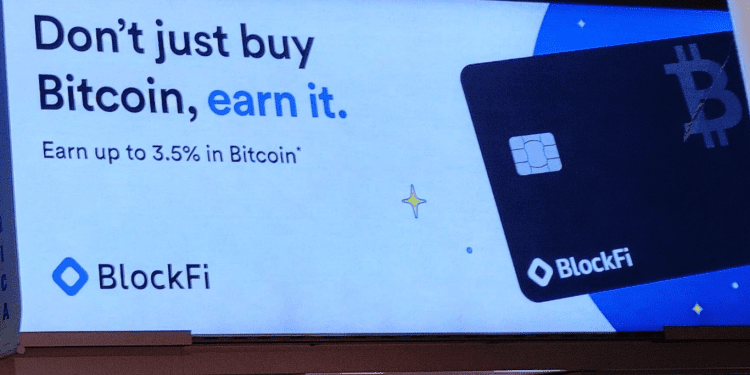- BlockFi, a crypto lending platform, has received judicial approval to repay $297 million to its Wallet program clients, excluding BlockFi Interest Account (BIA) holders, as BIA funds are considered part of the bankruptcy assets
- Approximately 48,000 BIA users attempted to transfer $375 million to their Wallet accounts during BlockFi’s service freeze following the FTX incident
- BlockFi is considering various options to repay its creditors, including selling its cryptocurrency mining hardware and Bitcoin-backed loans.
In an unexpected turn of events, the distressed crypto lending entity, BlockFi, has received court sanction to return a whopping $297 million to its Wallet program, unveiled by Reuters on May 11.
The court-appointed bankruptcy overseer, Judge Michael Kaplan, was explicit that this reimbursement would not encompass BlockFi Interest Account (BIA) holders. The rationale behind this exemption can be traced back to BlockFi’s business model, where BIA funds served as the crux of its lending activities and have now been absorbed into the bankruptcy assets. As a result, these resources will be utilized to repay BlockFi’s creditors.
BlockFi’s Wallet program, which didn’t offer interest on client deposits, operated as a distinct financial sphere within the company. A sizeable contingent of BIA users, nearly 48,000, endeavored to shift $375 million into their Wallet accounts on November 11. This collective transfer was set into motion by suspending BlockFi’s services following the FTX debacle. Even though the firm permitted transfer procedures on its user interface, these transactions were effectively canceled at the system’s core.
Legal counsel for the aggrieved customers lobbied for reimbursement of these thwarted transfers. However, Judge Kaplan maintained that BlockFi, in adherence to its service agreement, possessed the authority to suspend transaction requests amidst the service interruption.
Following the FTX incident, rumors regarding BlockFi’s financial health started circulating, prompting the company to seek Chapter 11 bankruptcy protection in late November. When filing, the company’s liquid assets were valued at $256.9 million, with court records disclosing a substantial claim from West Realm Shires Services Inc. (doing business as FTX US) and an outstanding $30 million debt to the U.S. Securities and Exchange Commission.
To settle its creditors, who total more than 100,000 and are collectively due an estimated $10 billion, BlockFi is pondering over the disposal of its crypto mining equipment and Bitcoin-backed loans worth $160 million.
As the May 15 deadline looms for BlockFi to unveil its bankruptcy exit plan, the company’s attorney, Joshua Sussberg, hinted at the likelihood of an asset liquidation or the pursuit of external funding for a financial restructuring plan.
BlockFi, one of the pioneering crypto lending platforms, significantly influenced the industry, creating a template for competitor firms. However, its closure in November triggered increased skepticism among investors, furthering the narrative of instability and risk associated with cryptocurrency investments. Despite its initial success, BlockFi’s fall has opened the eyes of many regarding the inherent volatility in the crypto world. This development underscores the precarious nature of the rapidly evolving crypto finance sector.














